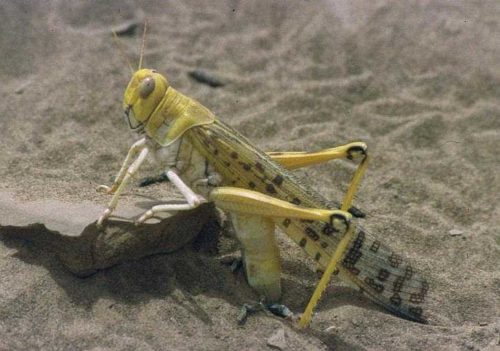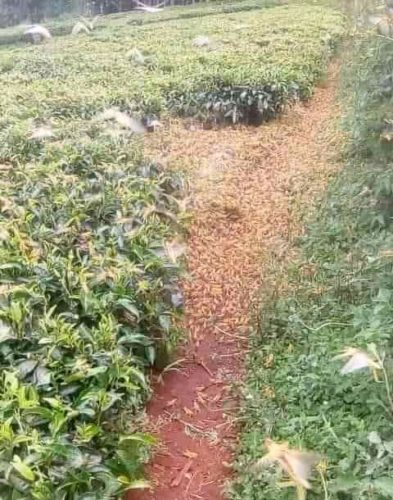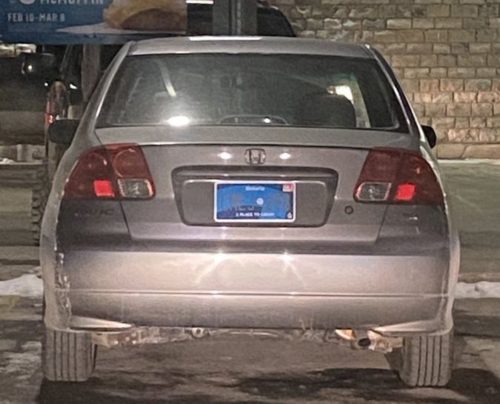Locusts Swarm East Africa, Reaching South Sudan
Huge swarms of locusts have continued to spread across East Africa, destroying farms and fields. The insects have reached South Sudan, where many people are already going hungry after a long war inside the country.
Locusts are grasshoppers. Normally grasshoppers do little harm. But when there are lots of them, their bodies and behavior change. As locusts, they travel in huge groups, eating all the plants in an area and moving on.

(Source: Christiaan Kooyman [Public domain], via Wikimedia Commons.)
In a single day, a small swarm of locusts can eat as much food as 35,000 people. Billions of the insects have moved through Eastern Africa, making this the worst locust invasion in decades. Along the way, the insects lay more eggs, producing greater swarms of locusts.
The governments of Ethiopia, Somalia, and Kenya have been spraying chemicals to kill the insects. The chemicals are dangerous, but the locusts threaten the food supply for millions of people.

(Source: Edleony CC BY-SA, via Wikimedia Commons.)
But there are so many locusts that the spraying hasn’t come close to getting the insects under control. Experts worry because South Sudan is even less prepared to take on the locusts than the countries already hit by the swarms.
The UN says around $76 million is needed to deal with the emergency, but so far, they only have $30 million. “We need to control the locust population [numbers] now, before the planting season starts in March/April,” said one expert.
Amazon’s Boss Will Give $10 Billion to Fight Climate Crisis
Jeff Bezos, the leader of the internet sales company Amazon, says he plans to give $10 billion to fight the climate crisis. Mr. Bezos said, “Climate change is the biggest threat to our planet.”
It’s not clear how the $10 billion will be used, but Mr. Bezos says he wants to support known ways of fighting climate change, as well as explore new ways. The project is called the Bezos Earth Fund, and will begin spending money this summer.
Though it’s a huge amount of money, Mr. Bezos can easily afford it. Amazon’s success has made Mr. Bezos the richest person in the world. He’s believed to be worth nearly $130 billion.

(Source: National Museum of American History Smithsonian Institution, via Flickr.com.)
Amazon has often been criticized for the ways its business activities add to the climate crisis. Amazon’s own workers have protested, demanding that the company take its environmental responsibility more seriously. Amazon threatened to fire some workers if they continued protesting.
Still, Amazon appears to be changing in some ways. Last year, the company announced plans to become carbon neutral by 2040.
Ontario Gets New License Plates You Can’t Read at Night
On February 1, Ontario, Canada began giving out license plates with a new design. There was just one problem – at night, the license plates are almost impossible to read.
The new plates have white writing on a blue background. With headlights shining on them at night, the numbers can hardly be read.

(Source: Steve Koopman, via Twitter.)
Government workers say the new design was checked carefully ahead of time, but now they agree there’s a problem.
Ontario’s government blames the problem on the company that made the plates, and says the company will come up with a fixed version soon. Around 49,000 plates have been given out and will need to be replaced.
